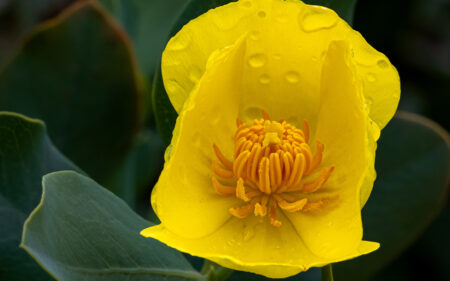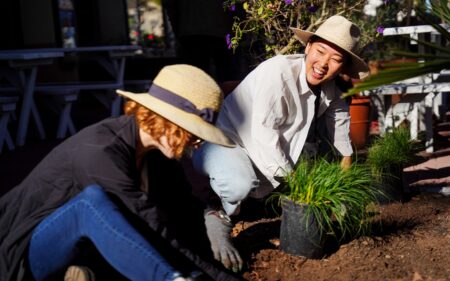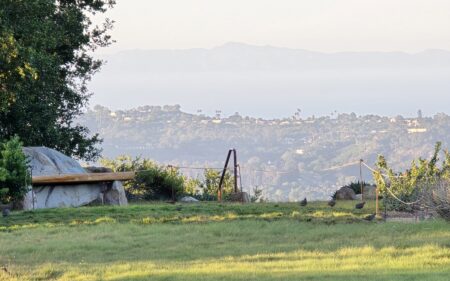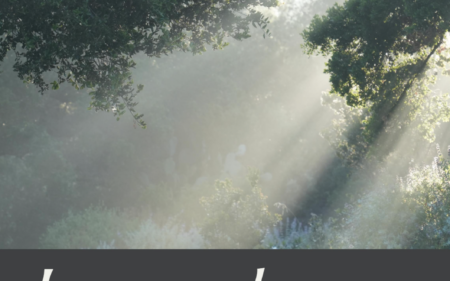Adventures in Research
In cooperation with the Los Padres National Forest, and with funding from the National Fish and Wildlife Foundation(NFWF), the Garden is embarking on an exciting adventure!
We’re saddling up our horses, lacing our hiking boots up tight, and hitting the trail to explore hundreds of miles deep into the remote reaches of the Los Padres National Forest. Our goal – to survey for both rare plant and invasive weed species within the boundaries of two recent fires: the 2007 Zaca Fire and the 2009 Jesusita Fire. As large fires become more common, it is essential that we understand how fire-prone ecosystems are recovering. For example, are there weed invasions that need to be addressed by land managers? Where are botanically important areas, and how might they be impacted? NFWF, a nonprofit that works closely with LPNF recently funded $4 million in restoration projects for areas impacted by fire across LPNF, and the Garden was one of the grantees. Through a combination of day hikes, multi-day backpacking trips, mule trips, and horse-back trips, we hope to fill in major gaps in the botanical knowledge (e.g. Botanical Black Holes) of these remote and unexplored. We hope to help inform management decisions based on these findings.
We’ll accomplish all this through collaboration with our wonderful partners, including the Los Padres Forest Association, Santa Barbara City College, the University of California at Santa Barbara, Santa Ynez Band of Chumash Indians, California Native Plant Society, and many wonderful volunteers. We’ll also have help from Garden Trustee John Parke and his award-winning endurance horse, Remington, and the amazing mule team from Los Padres Outfitters.
WHY IS THIS IMPORTANT?
Biodiversity, or the diversity of living things, is integral to our existence, yet many species are at risk – roughly, one third of California’s flora is rare, for instance. It is our shared responsibility to protect biodiversity and, in order to protect something, you first have to know that it exists!
The more we know about the irreplaceable treasures that occur in our own backyard, the easier it will be for us to protect them. We will be documenting as much botanical diversity as possible by mapping plant populations, collecting herbarium specimens,
Examples of the rare botanical diversity we are in search of are shown in the photos below:



WHAT IS AN HERBARIUM?
An herbarium is a collection of preserved plants that have been organized and cataloged. The information and content of such specimens cannot be duplicated in words, photographs, or other media, and forms the basis for ongoing scientific research in ecology, floristics, taxonomy, and conservation biology. They serve as a snapshot of plant distribution in space and time, and are irreplaceable in their value for understanding California’s flora. entering the data we collect into a centralized database, and creating an updated checklist for the plants of Santa Barbara County. All of our data will be given to land managers to help inform land-use decisions.
OUR PROGRESS SO FAR
In February, the Garden’s Conservation and Research team started these botanical explorations. As of May 2018, we’ve been able to survey over 130 miles of trail, and have hiked/ridden over 200 miles! We’ve collected 1300 herbarium specimens, halfway to or goal of 2600, which will be housed in our herbarium at the Garden. We have discovered many unrecorded occurrences of rare plants, such as the pale yellow Layia (Layia heterotricha) and Lemmon’s wild cabbage (Caulanthus lemmonii), and we’ve collected important data on the status of weed invasions. We’re about halfway done, and have about three more months to go!








 Donate
Donate




